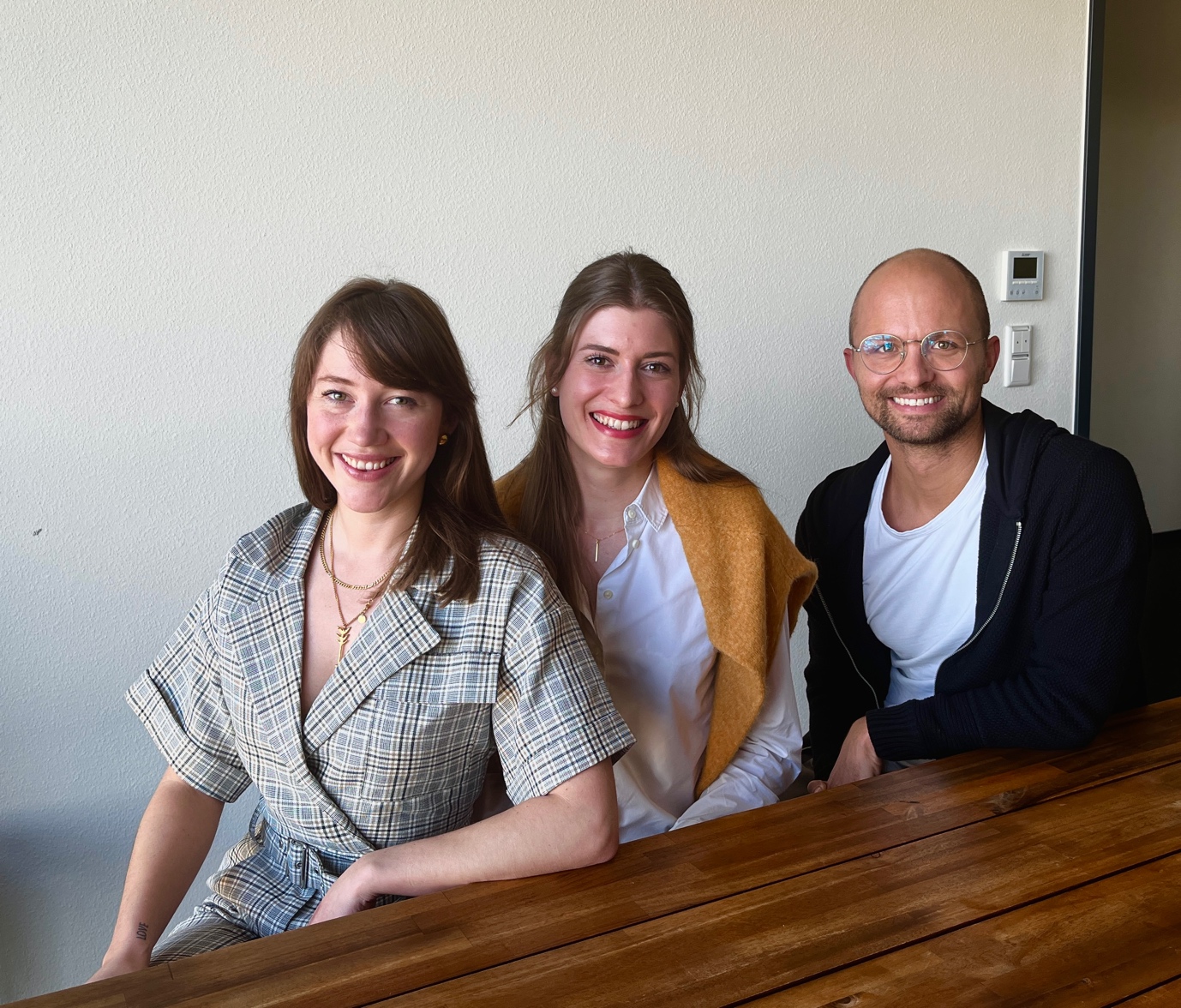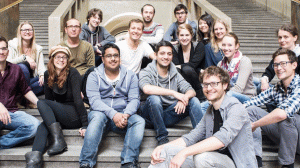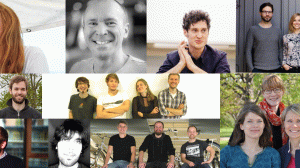Teal is based on the three pillars: Self-organization, Evolutionary Purpose and Wholeness. You will learn about these three values and their meaning theoretically and practically in the course of this article. Building on our first article "Why Classic Organizational Forms Are a Thing of the Past" in which we discussed the challenges of hierarchically managed companies that do not meet the requirements of the VUCA world, we will now delve into the details of the Teal concept.
Self-organization
Teal is built on three basic principles. Self-organization is one of them. For followers of micro-management, the following insight may be particularly difficult to bear: Employees organize themselves and their work. They are allowed to choose their time, their tasks, and their roles on their own responsibility and to divide them among themselves. Compared to classic hierarchically managed companies, we can already see serious differences between Teal and hierarchies at this point. A clear role definition, a clear work title and an assigned task portfolio are on the agenda in many companies. Teal's self-organization, on the other hand, alienates itself from "the right way to the goal", which is to be achieved through plans such as job descriptions, target systems and a clear classification in a hierarchical system. Rather, the self-organization aspect of Teal recognizes that a goal can be achieved in a variety of ways.
This also means that many coordination positions become superfluous, as communication and networking are driven by the employees themselves. They are guided by and supported by roles, decision-making processes, and rules - the same for everyone. We also have clear rules and structures, to avoid any misunderstanding.
This enables all employees, regardless of seniority, to make quick decisions in line with organizational goals. Compared to an anthill, it becomes clear which criteria self-organization follows: There are clear rules that must be followed to make it work. These rules are not rigid, but are carried by, through and with everyone. And they allow the necessary flexibility to achieve antifragility* within the organization and to react accordingly quickly to changes in the VUCA world. This leads to both a lot of freedom for each individual and significantly higher responsibility.
Evolutionary Purpose
The Evolutionary Purpose describes exactly this further development and at the same time provides a compass. The so-called Evolutionary Purpose describes the deeper reason for the existence of a company. It is not the same as a vision of the company, which refers to the positioning in the market and thus takes an ego perspective. The Evolutionary Purpose, on the other hand, gets by without industry descriptions, target groups or rankings. And the Purpose of a company is a living system and evolves or changes over time. Part of our Evolutionary Purpose is to help other organizations identify and fulfill their purpose. This, among other things, motivated us to write this column.
For employees, this means that they can contribute their expertise in their fields to the best of their ability and at the same time are responsible for contributing this knowledge for the benefit of all and in accordance with the Evolutionary Purpose. For the entrepreneur, the Evolutionary Purpose translates into a never-ending pool of ideas, advancements and adaptations to a continuously changing world and customer landscape. We use our diversity and the resulting synergies to discover problems and growth opportunities early on and position ourselves accordingly.
Wholeness
The third pillar of the Teal principles is Wholeness. In our patriarchal society, many of us have learned from an early age a clear image of humanity: managers, executives, employees. This includes learning to respect hierarchies, authorities, and titles. The higher someone has climbed the career ladder, the more value is placed on his or her assessments, in part independent of his or her expertise.
At the same time, it has also become established not to show any insecurities, any weaknesses. We take on different roles in our lives, depending on our friend group, family constellation or workplace. While we can be authentic everywhere, at work there seems to be only one option: to always appear competent, confident, without doubts and insecurities.
The competence to set the direction and to initiate and discover change is attributed to some individuals, denied to others. In the process, we forget: No one can have everything in view. A company develops best with the competencies of its own employees. Therefore, Wholeness as a Teal principle should encourage the individual to bring his or her whole self into the organization. Our experience shows that being allowed to show one's authentic self at work leads to more serenity, humanity, and less energy consumption in having to pretend. We have discovered new strengths of our employees that have contributed significantly to the further development of the organization.
Self-organization, Wholeness, and the Evolutionary Purpose as pillars of the Teal concept provide a compass for the development and advancement of companies that dare to say goodbye to old thought patterns. All three are indispensable and must be considered in interaction, because they feed each other with meaningfulness.
In the coming articles, we will shed more light on each of these principles and go into more detail, including taking a look at our decision-making process (spoiler alert - it needs clear rules!). For a deep dive into Teal, we have laid our foundation stones together today: Self-Organization, the Evolutionary Purpose, and Wholeness.
*Antifragility describes a state of sustainable systems, including organizations that can withstand and even "like" stress. Challenges are used as an opportunity for evolutionary development. This paradigm describes the opposite of robust, stable, and resilient systems that counteract disruptive effects from the outside.
----
In this column, presented in collaboration with enableYou, we want to give a brief overview of the TEAL-concept introduced by Frederic Laloux’s book “Reinventing Organizations”. Through articles and best practices, we are going to lay down the need for a new management paradigm, explain how the Teal-concept provides a possible solution. Within six articles, we share our knowledge about the practical side of this self-organized way of working and deep dive into the evolutionary purpose of TEAL organisations as well as its connection to feminism.
By gaining new perspectives, we want to inspire traditionally organized companies to rethink their structure and be brave to try new concepts, such as Teal.

Our columnists are Andreas Kraus, Kathrin Kastel and Alexandra Wudel. Andreas founded enableYou in 2020 and has the purpose to share human-centric management paradigm as Teal with others. Alexandra works as an Agile Coach in politics. For years, she works as a critical voice in the field of business and technology. Kathrin works as an IT business consultant with a passion for people and new work in SMEs.










